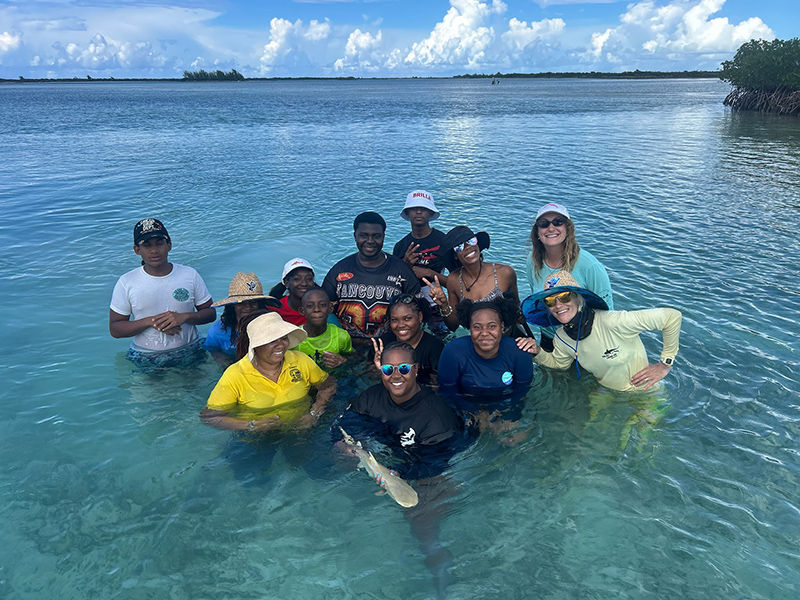Behind the Science:Are Basking Sharks Snowbirds?
- Sharks4Kids

- Mar 3, 2022
- 3 min read
Author: Natasha Hynes
Cool runnings: behavioural plasticity and the realised thermal niche of basking sharks
Some of the greatest migrations take place in the ocean. Think of the whales that make annual migrations of tens of thousands of kilometers! They move from the northern waters where they feed, to the lower latitudes where they hang out, give birth, and nurse their calves. For many years, researchers thought that basking sharks also make seasonal migrations from their summer coastal hang outs to their winter offshore/low latitude hang outs. Two proposed theories for why they do this are (1) changes in plankton supply (their food) and (2) water temperature. A drop in abundance of plankton could be a reason why the sharks would leave the area in the winter, but researchers found that the plankton levels in the winter are actually enough to support the basking shark population there. As for water temperatures, it’s thought that when it’s summer in the northern hemisphere, the sharks travel north/inshore; when it’s winter, they travel south/offshore. In the Northwest Atlantic, there does seem to be evidence for this pattern. In the Northeast Atlantic, it seems that some basking sharks stay inshore during the winter while others disperse. Researchers in Ireland had a very simple question: WHY?!?!
To study the basking shark movements in Northeast Atlantic waters, researchers attached tags called Pop-off Archival Transmitters with Fastloc GPS (PATF) to five basking sharks that were hanging out in a summer hotspot. These tags collect and store data while they’re on the shark and are preprogrammed to fall off the shark at a certain time. The researchers were able to receive some data like location, summary depth, and summary temperature from four out of five tags while they were deployed!
Within five days of deploying the tags, three out of four sharks left the area. This was during the time when local water temperatures were still increasing! Two sharks stayed in coastal habitats: one staying in the area of the deployment and the other travelling to a known fall-time aggregation site. The other two sharks moved offshore into areas of deeper water. The two sharks that moved offshore experienced a wider range of temperatures as they moved up and down through the water column. This means that the sharks that moved away from the deployment site actually experienced colder temperatures than the inshore sharks experienced. All the sharks moved throughout the water column regardless of if they were inshore or offshore.

This study reconfirmed that seasonal migrations are not obligatory for basking sharks. It also showed that (1) it is unlikely that temperature change is the cue for some sharks to leave the area and (2) it is unlikely that the sharks are leaving to stay within what the authors call a “thermal envelope”, which is a narrower range of temperatures. Essentially, they’re not leaving because they need to stay warm! This study showed that the movements of basking sharks within a population are highly variable. However, there needs to be more research done to understand why they vary like this and what that means for future conservation.

Reference:
Johnston, E.M., Houghton, J.D.R., Mayo, P.Aa, Hatten, G.K.F., Klimley, A.P., Mensink, P.J. 2022. Cool runnings: behavioural plasticity and the realised thermal niche of basking sharks. Environ Biol Fish . https://doi.org/10.1007/s10641-021-01202-8





















